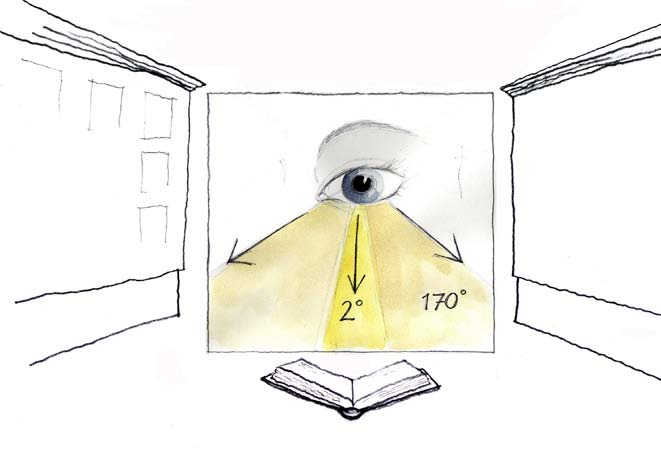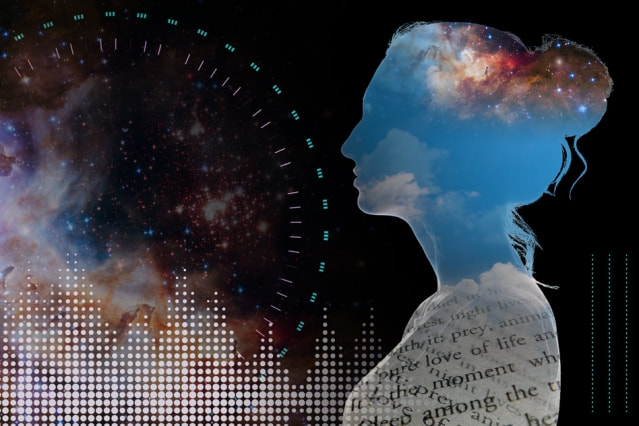|
Red is the warmth of the sun on your skin. It is the sweet taste of strawberries and perfumed scent of roses on Valentine’s Day. It is spicy food that numbs your tongue. It is the bitterness of hate and anger. Red is passion. It is the feeling of love and heartache. Red is strength and power and energy. It is dangerous and threatening. It is dancing with the lady in red. It is standing too close to the fire. It is the blood of war. It is the crunch of autumn leaves and waking up on Christmas day. Red is loud. It is the nostalgia evoked by drinking a cold glass of Coca Cola, eating Kellogg’s cereal for breakfast like you used to as a kid, and sharing a bucket of KFC with friends. It is riding in the trusted family Toyota, and watching the news on CNN. Red is familiar, bold, and loyal. These are just some of the ways that multisensorial marketers could describe something without actually referring directly to what it looks like. They are able to describe something innately visual through the use of the other senses: what it feels, tastes, smells, and sounds like. “Meet South Africa” (a tourism brand) immerses the viewer in the world of South African sensory experiences — the feeling of sand between your toes, salty ocean air on your face, the rush of surfing, and the intricate detail of textured art; the rhythmic sound of drum and dance and language; the earthy aroma and taste of wine and fruit. This is a multisensorial experience of SA that doesn’t depend solely on sight. Things Unseen This is not to say that the visual is unimportant. The use of colours and symbols in marketing establishes an affiliation with, and recognition of, a particular brand. It evokes particular emotions and invokes certain images. According to a colour theory, red and yellow are believed to activate hunger and encourage excitement — no wonder there are so many food chains that incorporate those colours into their branding or outlet design. Similarly so, we are able to recognise a brand purely by looking at the outline or silhouette of their familiar logos. Some brands make use of the Gestalt theory — the understanding that our minds are able to piece together individual parts of an image to make sense of the image as a whole. Spain’s Christmas Lottery and Leo Burnett developed a beautifully composed digital campaign in 2015. It is a short animated film that features Justino, a night-time security guard at a mannequin factory. The film tells a story through visual means — scenery, facial expressions, photographs, props, and more — with subtle music and background sounds. The lack of audio narrative leaves the story open to interpretation and the viewer looks for visual clues to piece it all together, proving that sometimes the most powerful messages are those that we have to uncover ourselves. Colour-blind Shortly after the dust settled around a debate about the colour of a particular dress (which the South African Salvation Army incorporated into a message about the issue of abuse), Coca-Cola launched a teaser campaign for Coca-Cola Life. The dress debate revealed the differences in how people perceive things. This, along with a general advertising trend of social inclusion, encouraged Coca-Cola in Denmark to develop an Ishihara image (a type of image used to test colour-blindness) with a hidden message in it. Only 5% of the population could read the word LIFE amid the green and brown blobs. The campaign was well-received as it encouraged audience engagement by appealing to their curiosity. “Our idea is based on the premise of engaging many by targeting the few.” As marketers, we’re often too quick to resort to simple visual representations, rather than enriching our descriptions with other sensory depictions. The challenge is to balance the visual with other senses in order to tell a more holistic story. This article was published on Marklives
0 Comments
Leave a Reply. |
MARGUERITE COETZEE
ANTHROPOLOGIST | ARTIST | FUTURIST CATEGORIES
All
|


 RSS Feed
RSS Feed
